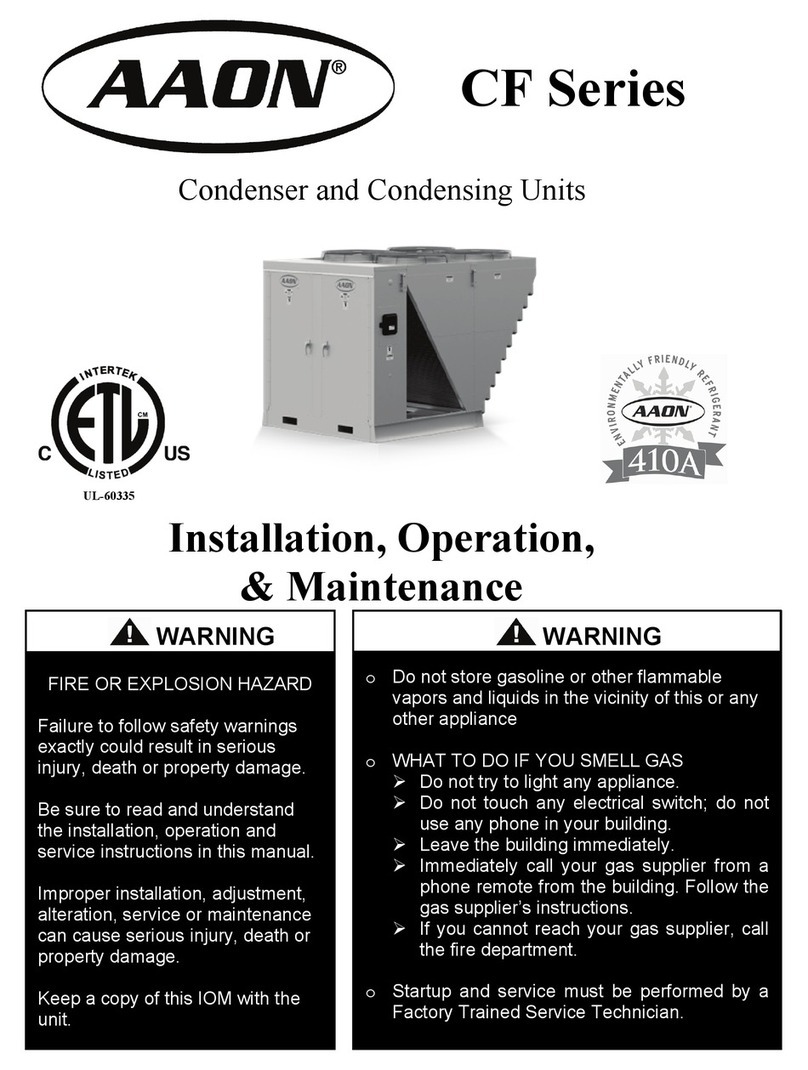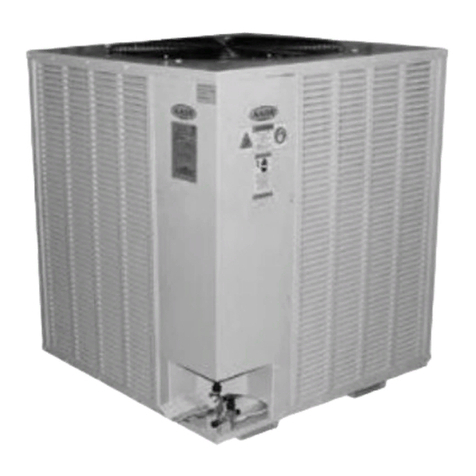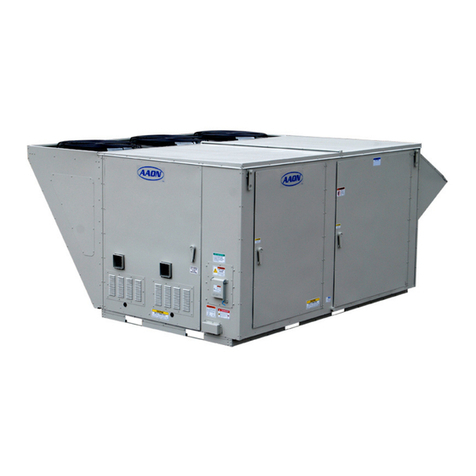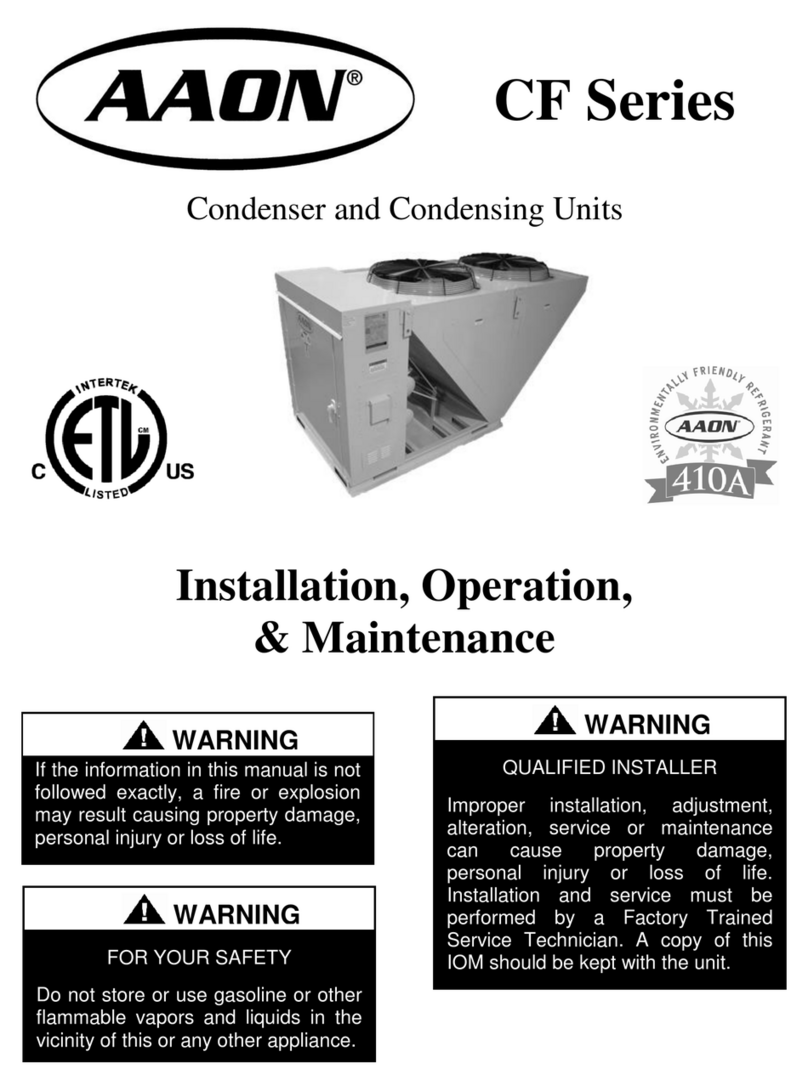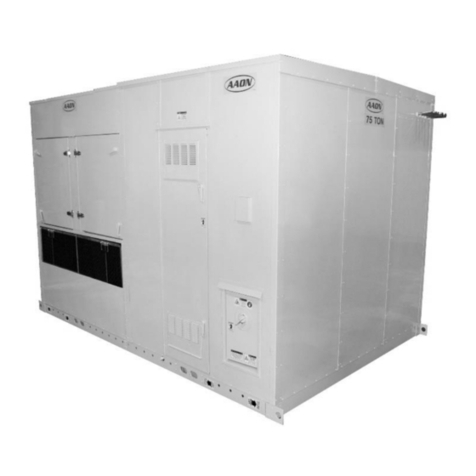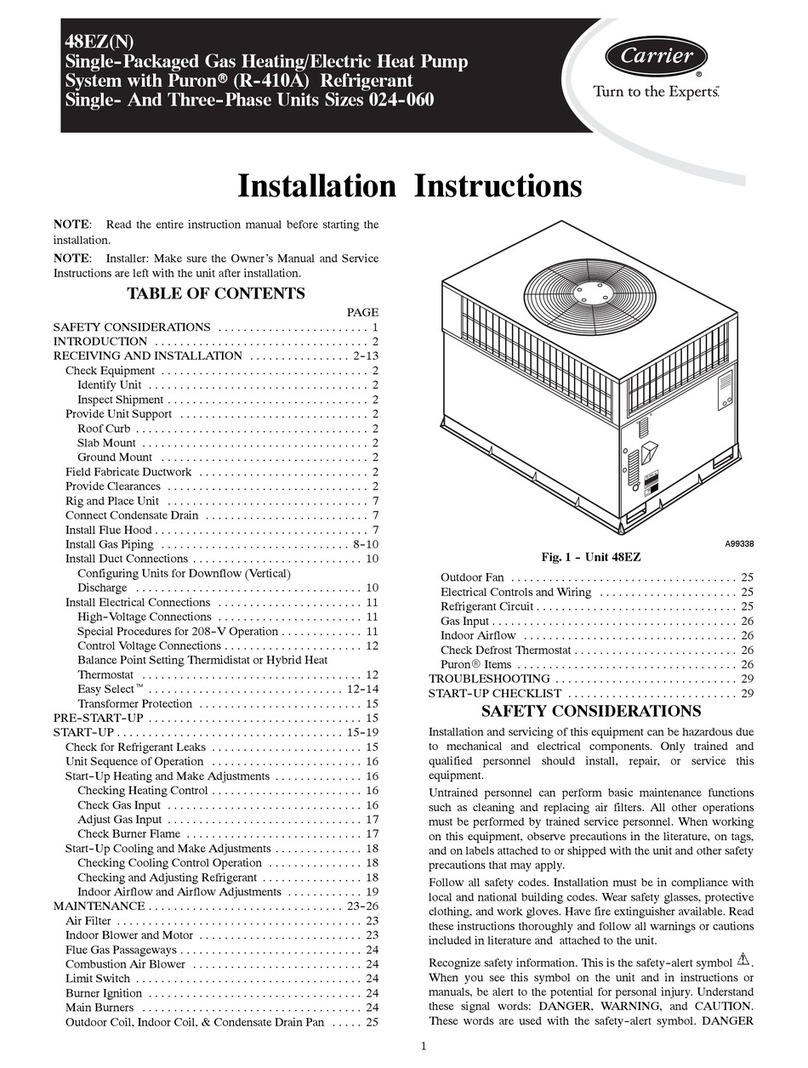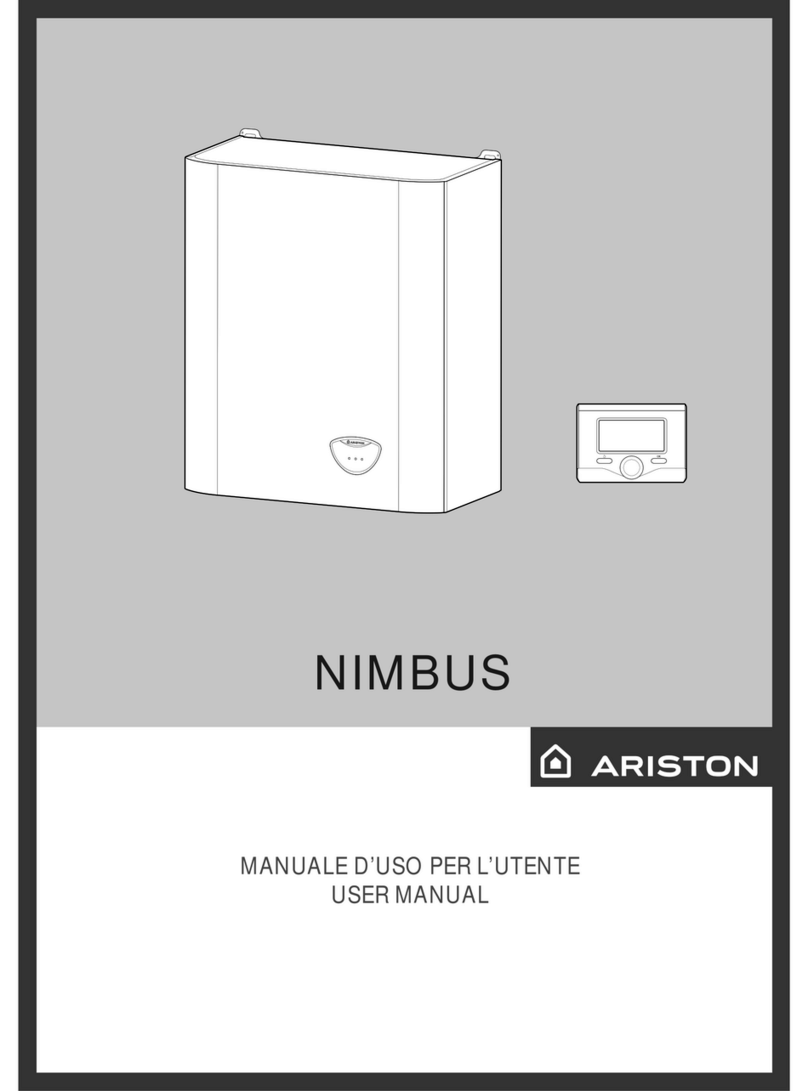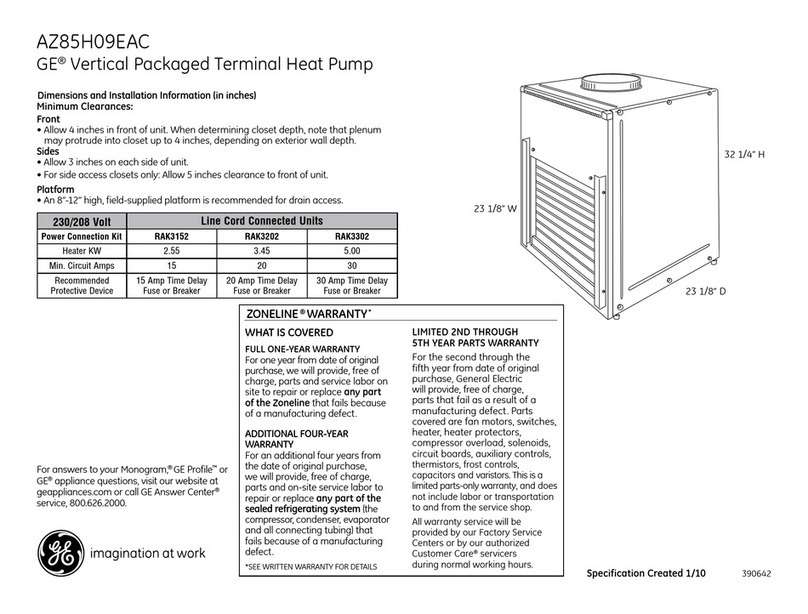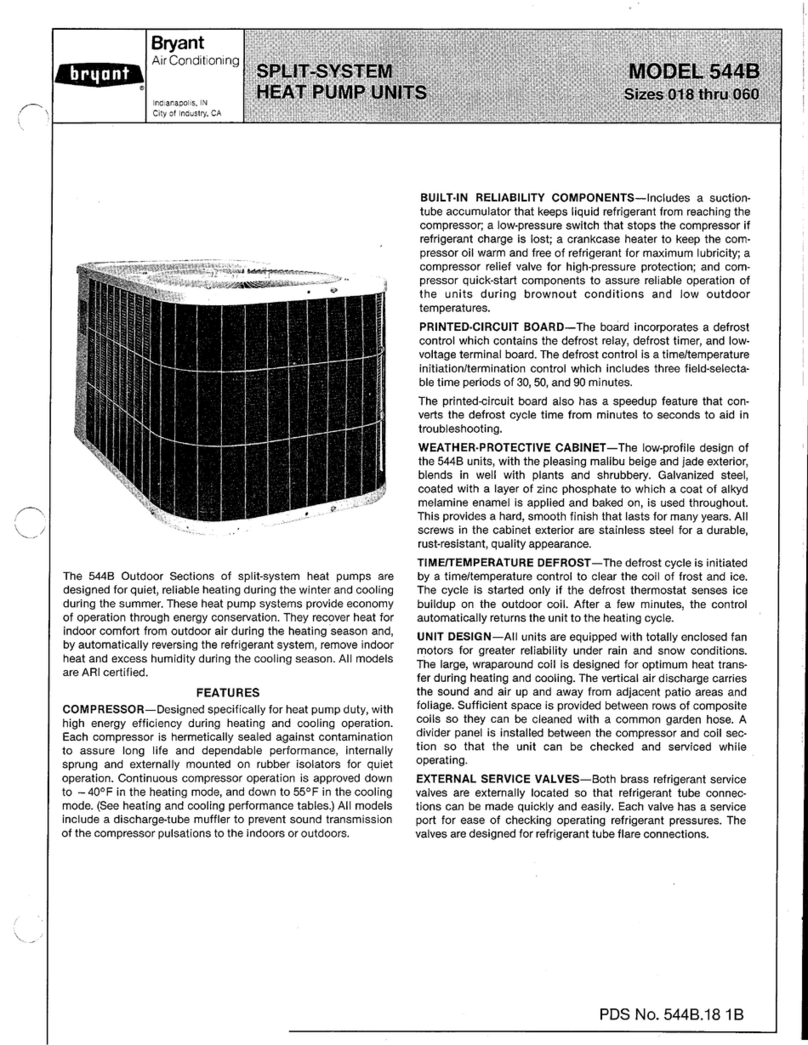
4
Index of Tables and Figures
Tables:
Table 1 - WSHP WH Series Clearances....................................................................................... 17
Table 2 - Glycol Concentration.................................................................................................... 25
Table 3 - Water Connections ........................................................................................................ 26
Table 4 - Nameplate Voltage Markings........................................................................................ 27
Table 5 - Control Wiring............................................................................................................... 31
Table 6 - Acceptable Refrigeration Circuit Values at AHRI ISO 13256 WLHP Conditions....... 36
Table 7 - R-410A Refrigerant Temperature-Pressure Chart......................................................... 37
Table 8 - LED Diagnostic Codes.................................................................................................. 42
Table 9 - Glycol Percentage Setpoints.......................................................................................... 43
Table 10 - 006-012 WH Unit Series Filters (A Cabinet).............................................................. 52
Table 11 - 015-030 WH Series Unit Filters (B & C Cabinet) ...................................................... 52
Table 12 – 036 & 042 WH Series Unit Filters (D Cabinet).......................................................... 53
Table 13 – 048 & 060 WH Series Unit Filters (E Cabinet).......................................................... 53
Table 14 – 072 & 096 WH Series Unit Filters (F Cabinet) .......................................................... 53
Table 15 – 120 & 150 WH Series Unit Filters (G Cabinet).......................................................... 53
Figures:
Figure 1 – Access Panels .............................................................................................................. 13
Figure 2 - Foam Shipping Block................................................................................................... 14
Figure 3 - Mounting Horizontal Units .......................................................................................... 14
Figure 4 - Vibration Grommet Installation ................................................................................... 15
Figure 5 - Condensate Drain Piping.............................................................................................. 15
Figure 6 - Drain Trap .................................................................................................................... 16
Figure 7 - WH Series Unit Orientation (Right Return Unit Shown) ............................................ 17
Figure 8 - Blower Assembly with Captive Panel.......................................................................... 18
Figure 9 - Blower Assembly, Shown Pulled Away From Blower Panel...................................... 18
Figure 10 - Horizontal Unit Bottom Access ................................................................................. 21
Figure 11 - WH Bottom Access Panel.......................................................................................... 21
Figure 12 - Shipping Screw .......................................................................................................... 22
Figure 13 - Spade Connectors....................................................................................................... 22
Figure 14 - Release Button ........................................................................................................... 29
Figure 15 - Disconnect Terminals................................................................................................. 30
Figure 16 - Disconnect Faceplate ................................................................................................. 30
Figure 17 - Screws to Release Switch........................................................................................... 30
Figure 18 - Disconnect Terminals................................................................................................. 30
Figure 19 - Filter access Doors ..................................................................................................... 31
Figure 20 - Filter Rack Closed with Clip...................................................................................... 32
Figure 21 - Filter Rack Open with Clip ........................................................................................ 32
Figure 22 - Filter Pull.................................................................................................................... 32
Figure 23 – Using the Filter Pull................................................................................................... 32
Figure 24 - WSHP Series Supply Fan .......................................................................................... 34
Figure 25 – Pioneer Silver Controller Layout............................................................................... 40
Figure 26 - Pioneer Silver Expansion Board Layout.................................................................... 46

